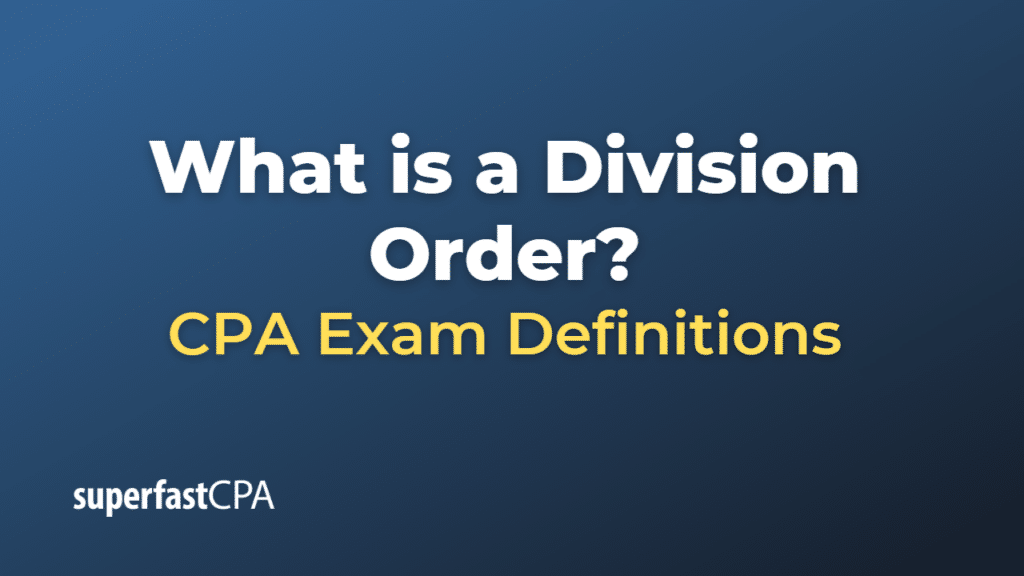Division Order
A Division Order is a legal document used in the oil and gas industry. It outlines the proportional ownership in extracted hydrocarbons—typically oil, natural gas, or natural gas liquids—between the involved parties. These parties can include the landowner, production company, and royalty recipients.
The Division Order does not represent a change in ownership; rather, it clarifies the method and distribution of royalties among the parties involved. It typically includes important details such as the property description, the names and addresses of the payees, and the decimal interest of production attributable to each payee.
Once the Division Order is signed by the involved parties, it guides the distribution of payments for the sale of the oil, gas, or other hydrocarbons produced from the well. The payments are often referred to as royalty payments or revenue payments.
Please note that laws and regulations governing Division Orders can vary significantly from one jurisdiction to another, so it’s often advisable to consult with a legal expert or an experienced professional in the field before signing a Division Order.
Example of a Division Order
Suppose you own a plot of land, and an oil company approaches you to drill for oil on your property. After some negotiation, you both agree that the oil company can drill, and you will receive a 15% royalty on the revenue generated from the oil extracted.
The agreement is formalized in a lease agreement, and after some time, the oil company successfully extracts oil from your land. At this point, a Division Order is drawn up to formally specify the percentage of the revenue you’re entitled to from the oil sales.
The Division Order would include your name and address, a description of the property, and the percentage of the revenue you are due (in decimal format). In this case, your royalty of 15% would be expressed as 0.15.
Once the Division Order is executed and oil sales begin, the oil company would use the Division Order to determine how much to pay you. For instance, if one month’s oil sales total $100,000, you would receive $15,000 (which is 15% of $100,000) as per the Division Order.
Remember, this is a simplified example. In the real world, calculations might be more complex due to factors like multiple owners, varying royalty rates, taxes, operating costs, etc. It’s also worth noting that you should always consider consulting with a lawyer or a professional advisor before signing a Division Order or any legal agreement related to oil and gas royalties.














